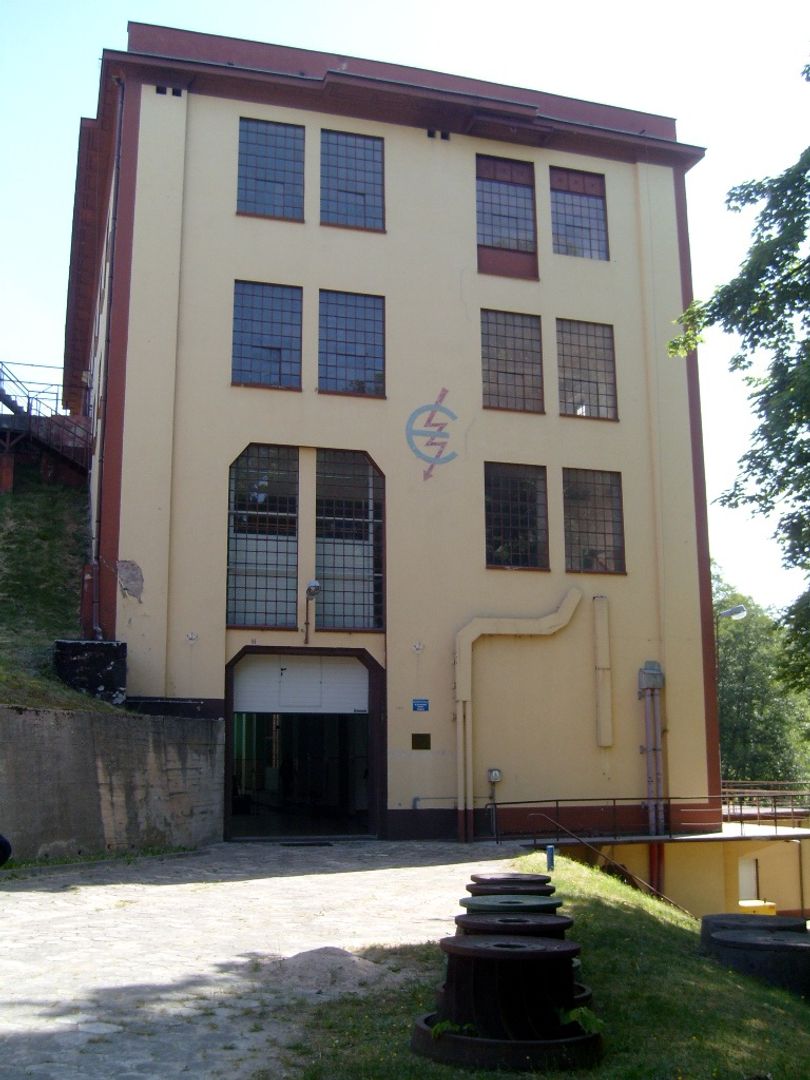Gródek
6.19

Overview
Gródek, known in German as Groddeck, is a village in the Kuyavian-Pomeranian Voivodeship, within the Świecie County. Its history dates back to medieval times, and the name of the locality suggests the existence of a fortified settlement associated with a battle in 1091. The first mention of the stronghold Grodesno comes from 1238. In the 14th century, the Teutonic Knights built a castle on a defensive hill, the ruins of which can still be seen today. After the wars with Poland, the castle was destroyed, and in its place a new manor was built, which is one of the oldest preserved noble manors in Pomerania. In 1987, the manor and park complex was entered into the register of historical monuments. Gródek also has cultural significance, as in 2011, the grave of 65 Polish soldiers from September 1939 and traces of a settlement from the 2nd to 5th centuries were discovered. There is also a power plant here, whose history began in 1912. Despite the outbreak of World War I, construction continued until 1920, when it came under Polish management. The power plant, put into operation in 1923, became one of the largest hydroelectric plants in Poland, supplying energy to the region. Its dam was the first in the Second Polish Republic, and the power plant had a tremendous impact on the economic development of the area through electrification and the creation of new jobs. Gródek gained further importance thanks to the expansion of transmission networks. The power plant offered modern laboratories and specialized work in the field of electrification and even fish stocking. Interestingly, one of the presidents of Poland, Gabriel Narutowicz, visited the village to familiarize himself with the progress of the construction. Gródek remains part of the long tradition of the region and may still hold many undiscovered secrets and stories.
Location
2025 Wizytor | All Rights Reserved